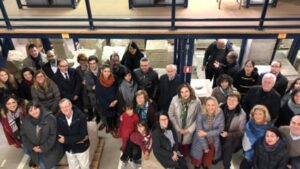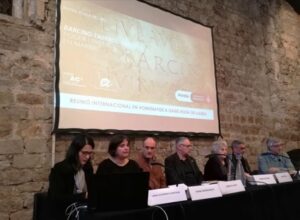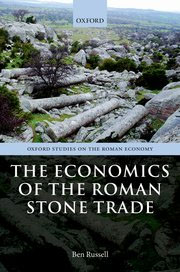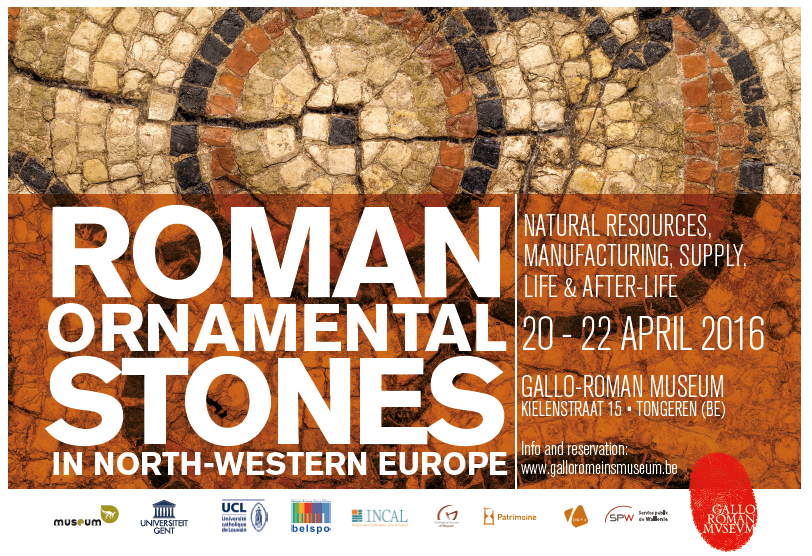At the closing meeting of the ASMOSIA XIV meetings in Ljubljana, The Executive Committee of ASMOSIA awarded the following prizes for the best student posters presented at the conference. Due to the high quality of entrants, the Committee chose to offer three prizes rather than the usual two.
Special Prize for Best Young Student Researcher Poster: Tjaša Levec
Title: OPUS SECTILE FROM THE THERMAL COMPLEX TERME TAURINE IN CIVITAVECCHIA (ITALY)
Second Best Student Poster: Štěpán Jaroměřský (Richard Přikryl, Martin Racek, Adam Culka, Filip Košek, Ivana Novotná)
Title: SILICA-RICH SEMIPRECIOUS STONES IN PIETRA DURA TECHNIQUE: LINKING VISUAL AND COMPOSITIONAL VARIABILITY TO PROVENANCE ANALYSIS
First Best Student Poster: Josiah Olah (Michele Secco, Cristiano Miele, Filippo Carraro, Simone Dilaria, Jacopo Turchetto)
Title: UNVEILING QUARRYING PRACTICES IN THE EUGANEAN HILLS, ITALY: INSIGHTS FROM UAV LIDAR AND GIS ANALYSIS
Congratulations to the awardees and to all the excellent student contributions that were presented at the ASMOSIA XIV conference.




